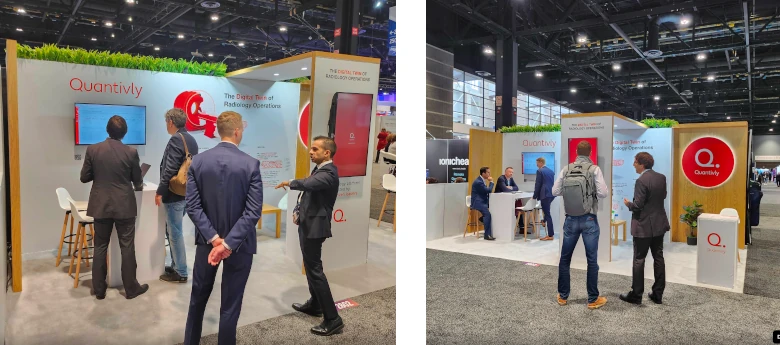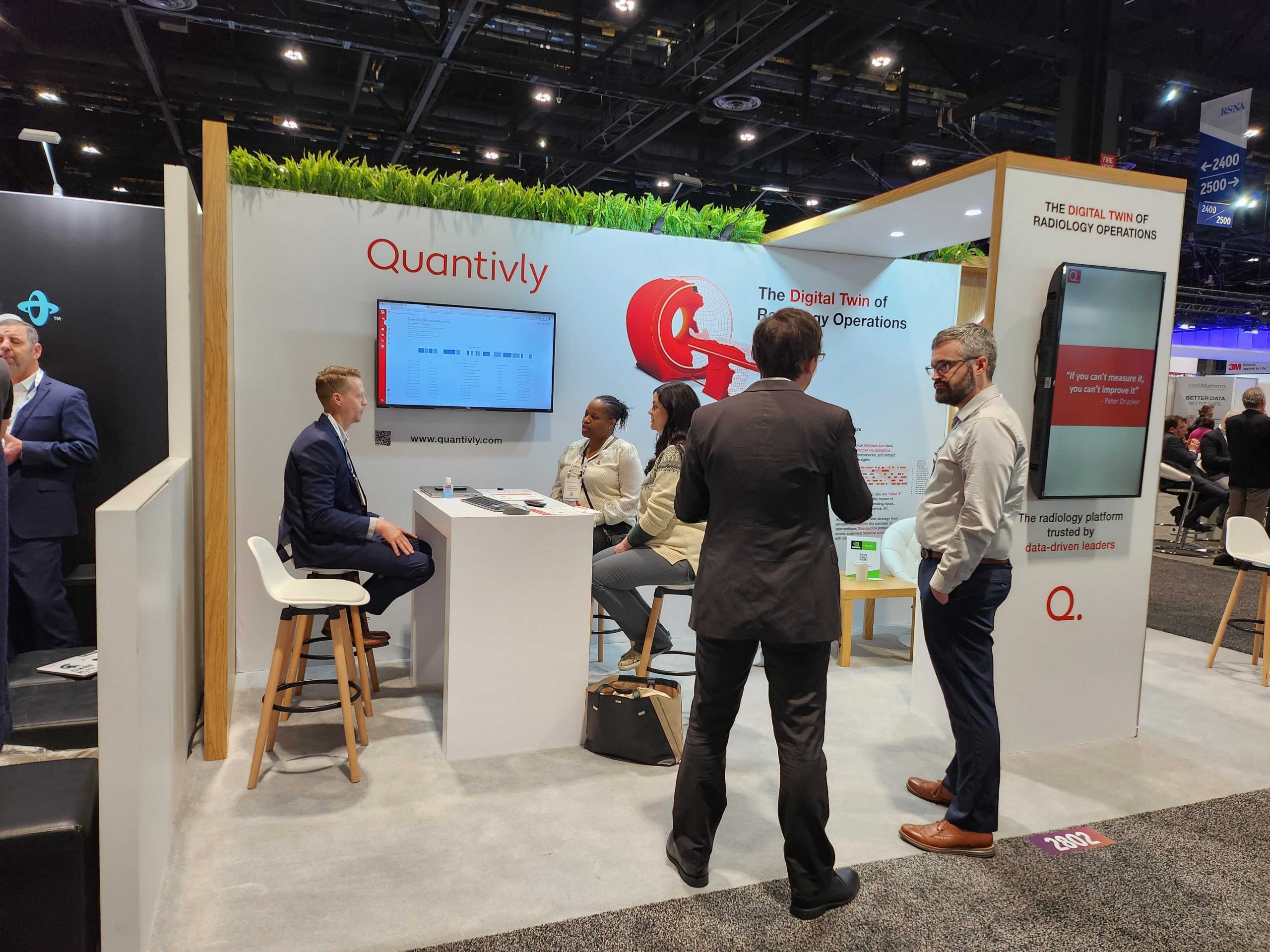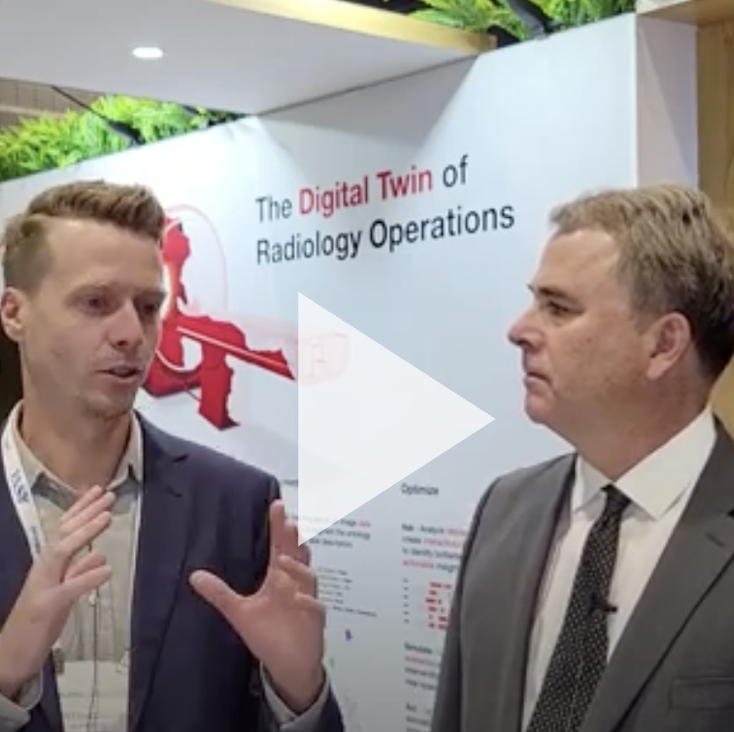We are excited to meet in person at RSNA 2022 in Chicago! Be sure to come visit us at Booth #2802 between November 27-December 1st. We will have our expert staff and co-founders showing real-time demos of the Quantivly product and discussing how digital twins will radically reshape radiology operations.
Day 1
Today was a busy one with lots of excitement around three major product announcements:
- Scheduling (RIS-HL7) integration
- Our new CT module
- Machine learning-based image descriptors for quality and artifact detection.
The combination of these data sources is much bigger than the sum of its parts and offers a complete holistic picture of your scheduling efficiency, scanner utilization, and scanner performance.
Day 2
Today, Quantivly was featured in NVIDIA’s special address. Machine learning is a critical tool in building our digital twin platform, and allows us to add new descriptors to our ontology of radiology operations.
Day 3
The strong activity and interest continued in day 3 with many conversations centered around the potential impact for simulations with a digital twin. It’s clear that many strategies – such as capital and operation budget planning, staff scheduling, and operating hours – are all scenarios that should be tested in software before implementation.
Day 3 was also a big day as we got many current users together for our first Quantivly community dinner at Avec in Chicago’s West Loop – good food and great company !
Day 4
Today was our final day at RSNA with back-to-back discussions about optimizing imaging at the enterprise level and feeding the “metadata supply chain”. It’s clear that many existing systems and AI algorithms can benefit from the context provided by harmonized metadata. With Quantivly, hospitals with existing data lakes can directly access our unified data layer and benefit from the unique concepts in our ontology.
At the end of the day, Bobby was interviewed by Brian Casey from Casey Insights about Quantivly’s original story, company philosophy, and vision to build the digital twin of radiology operations. Watch the video here!




